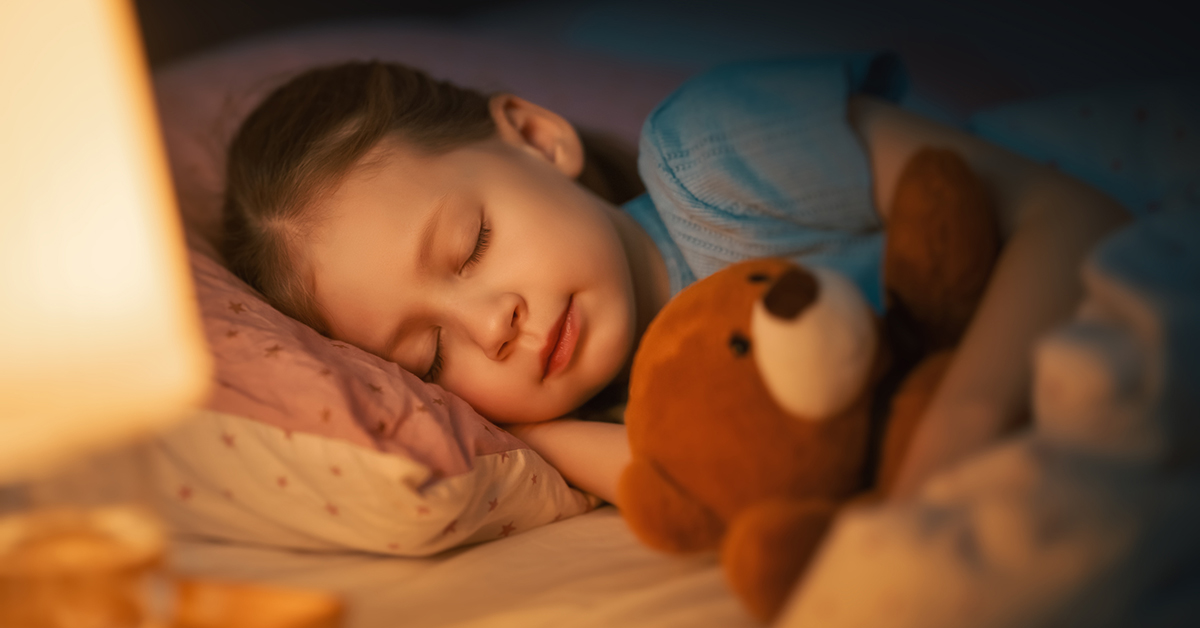
This post was written by Michelle Bailey, DNP, PPG — Family Medicine and Pediatrics.
Many parents wonder: are growing pains real? Although medical experts don’t know why growing pains happen, they are, in fact, a real problem for children and adolescents. If you have a child, especially between the ages of three and twelve, take a look at this important information about growing pains and what you can do to help them with the pain.
What causes growing pains?
Since growth happens so gradually, growth itself is not necessarily the cause of leg pain. Many experts believe growing pains are more likely to be caused by running, jumping and climbing during the day, leading to muscle aches at night when children have relaxed.
The pain does not cause any permanent damage but can cause sleep disruption, leading to tiredness and irritability the next day. Most of the time, growing pains improve on their own within one to two years.
What do growing pains feel like?
Children often describe growing pains as an ache or a throb in their thighs, shins or behind their knees. The pain is usually felt in both legs, does not necessarily coincide with growth spurts and usually occurs in the evening or at night. Growing pains can even wake children up in the middle of the night, but do not tend to bother children by the next morning.
Growing pains can last from just a few minutes to a couple of hours at a time. Children may have pain multiple evenings in a row, or there may be several days or months in between episodes.
How can you help your child with the pain?
Even though the exact cause of growing pains is not known, there are still ways to help your child with the pain. You can try:
- Having them take a warm bath before bed to ease their discomfort.
- Massaging their legs with long, slow strokes to help stretch the muscles.
- Applying a heating pad to the painful areas on a low setting.
- Giving them ibuprofen or acetaminophen if the pain is particularly bothersome or is affecting their quality of sleep.
- Helping them stretch their legs, especially during the day as it may help prevent pain at night.
It is important to avoid giving children aspirin, which can trigger Reye’s syndrome and to use heating pads only while children are awake.
Can growing pains be prevented?
There is no way to prevent growing pains, but it may be helpful to have children participate in a variety of exercises to use different muscle groups. Adolescents involved in athletics tend to have fewer episodes of growing pains if they cross-train rather than focus on one sport or form of exercise.
Not all leg pains are growing pains. It’s important to talk to your child’s healthcare provider to rule out other causes of leg pain if they are limping, running a fever or have dark-colored urine. Also speak with a medical professional if leg swelling, lumps, bruising, severe pain or skin redness are present. Your healthcare provider can provide further information on growing pains, including specific leg stretches that may help.
If you have concerns, don’t hesitate to talk to your child’s family doctor or pediatrician. If you need help establishing care for your family, our Access Center can help! Call 877-PPG-TODAY or 877-774-8632 for assistance.
Sources
Mayo Clinic, 2021, Growing pain.
American Academy of Pediatrics, 2015, Growing pains are normal most of the time



